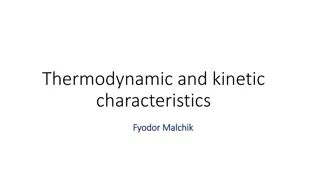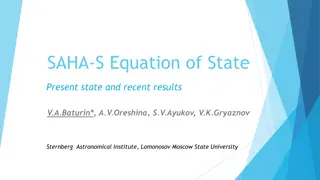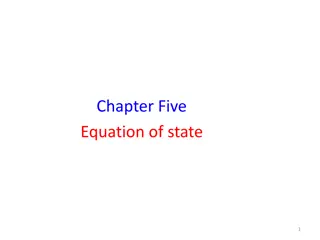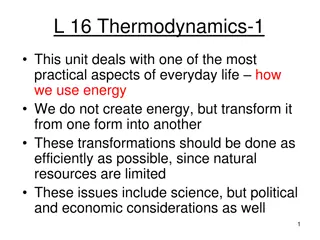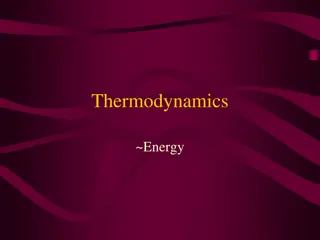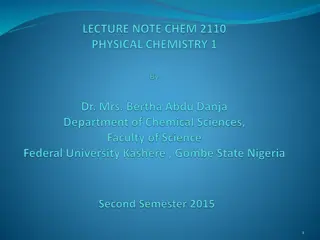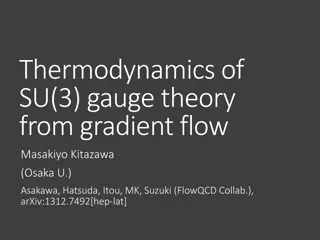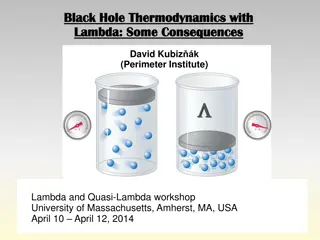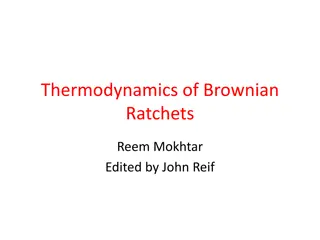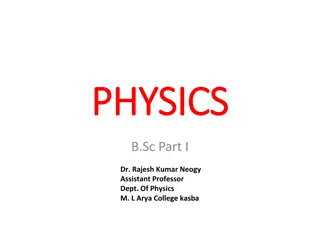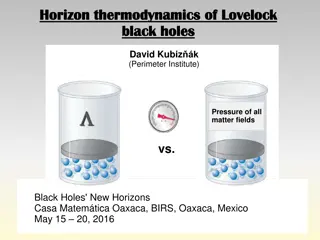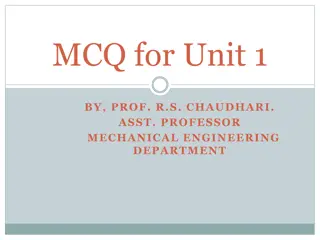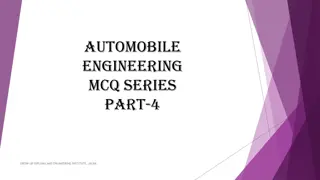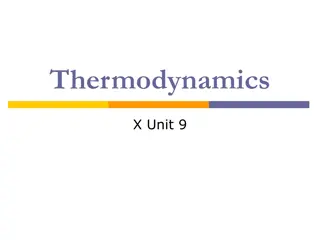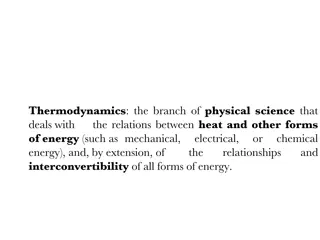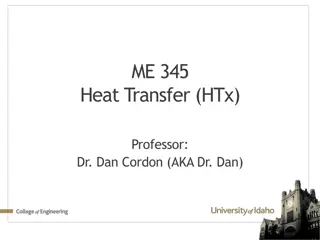Engineering Thermodynamics Multiple Choice Questions
This content covers various topics related to engineering thermodynamics through multiple-choice questions. It includes concepts such as the use of reheat cycles in steam turbines, ideal Rankine cycles, Carnot cycles, and the efficiency of different cycles. Questions on the Rankine cycle, working fluids, steam turbines, and more are addressed in this comprehensive set of MCQs.
Download Presentation

Please find below an Image/Link to download the presentation.
The content on the website is provided AS IS for your information and personal use only. It may not be sold, licensed, or shared on other websites without obtaining consent from the author. Download presentation by click this link. If you encounter any issues during the download, it is possible that the publisher has removed the file from their server.
E N D
Presentation Transcript
MCQ Q. Choose the correct answer for each branch below (only 5): 1.What is the use of reheat cycle in steam turbines ? a) To remove the moisture from the steam b) To increase the steam temperature c) To increase steam pressure d) None of the mentioned 2. In rankine cycle with reheat how mny turbines work ? a) 1 b) 2 c)3 d) 4 3. Ideal Rankine Cycle is a process. (a) Reversible mentioned (b) Irreversible (c) Both of the mentioned (d) none of the 4. Carnot cycle comprises of ........ (a) two isentropic processes and two constant volume processes (b) two isentropic processes and two constant pressure processes (e) two isothermal processes and three constant pressure processes (d) none of the above 5. Rankine cycle operating on low pressure limit of p1 and high pressure limit of p2 a)has higher thermal efficiency than the Carnot cycle operating between same pressure limits b)has lower thermal efficiency than Carnot cycle operating between same pressure limits c) has same thermal efficiency as Carnot cycle operating between same pressure limits d) may be more or less depending upon the magnitudes of p1 and p2 6. In Rankine cycle, the work output from the turbine is given by a) change of internal energy between inlet and outlet b) change of enthalpy between inlet and outlet c) change of entropy between inlet and outlet d) change of temperature between inlet and outlet 7.Match the following: a) Boiler b) turbine c) Condenser d) pump 1. reversible adiabatic expansion of steam 2. constant pressure heat heat addition 3. reversible adiabatic compression 4. constant pressure heat rejection Answer: a-2 b-1 c-4 d-3
8.A simple Rankine cycle operates the Boiler at 3 MPa with an outlet temperature of 350C and the Condenser at 50 kPa. Assuming ideal operation and processes, what is the thermal efficiency of this cycle? a) 7.7 b) 17.7 c) 27.7 d) 37.7 h1 = 340.5 kJ/kg, h2 = h1 + v1 (P2 P1) = 343.5 kJ/kg, h3 = 3115.3 kJ/kg, s3 = 6.7428 kJ/kg K, x4 = 0.869, and h4 = 2343.9 kJ/kg. Thus, = 1 Qout / Qin = 1 (h4 h1) / (h3 h2) = 27.7%. 9.For analytical purposes, the Rankine Cycle is assumed to be in? a) Unsteady flow operation b) Turbulent flow operation c) Steady flow operation d) Laminar flow operation 10.Carnot enginefollows a) Isothermal process b) Isoentropic process c) Isothermal and Isoentropic process d) None of the mentioned 11. Working fluid of rankine cycle usually a) Water b) Methane c) Hard water d) None of the mentioned 12.Steam turbines work on a) Rankine cycle b) Carnot cycle c) Dual cycle d) None 13.What is the purpose of reheat cycle? a. to limit the pump work b. to decrease heat input in the Rankine cycle c. to limit the quality of steam to 0.85 at the turbine exhaust d. none of the above
14. The below diagram is the T-s diagram of the Rankine cycle with reheat. Which process represents the reheat? a. process 1 2 b. process 2 2 c. process 2 2 d. process 2 3 15. The reheat cycle allows steam power plant a. to use higher pressure ratio b. to maintain required quality of steam at the exit of the turbine c. to increase the turbine work d. all of the above
Answer 1. a 2. b 3. a 4. b 5. a 6. b 7. a-2 b-1 c-4d-3 8. c 9. c 10.c 11.a 12.a 13.c 14.c 15.d





